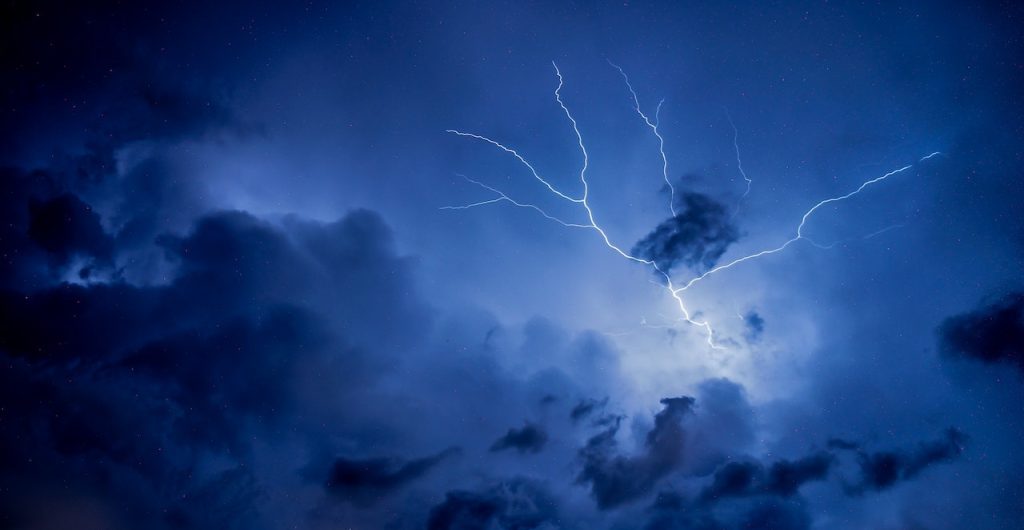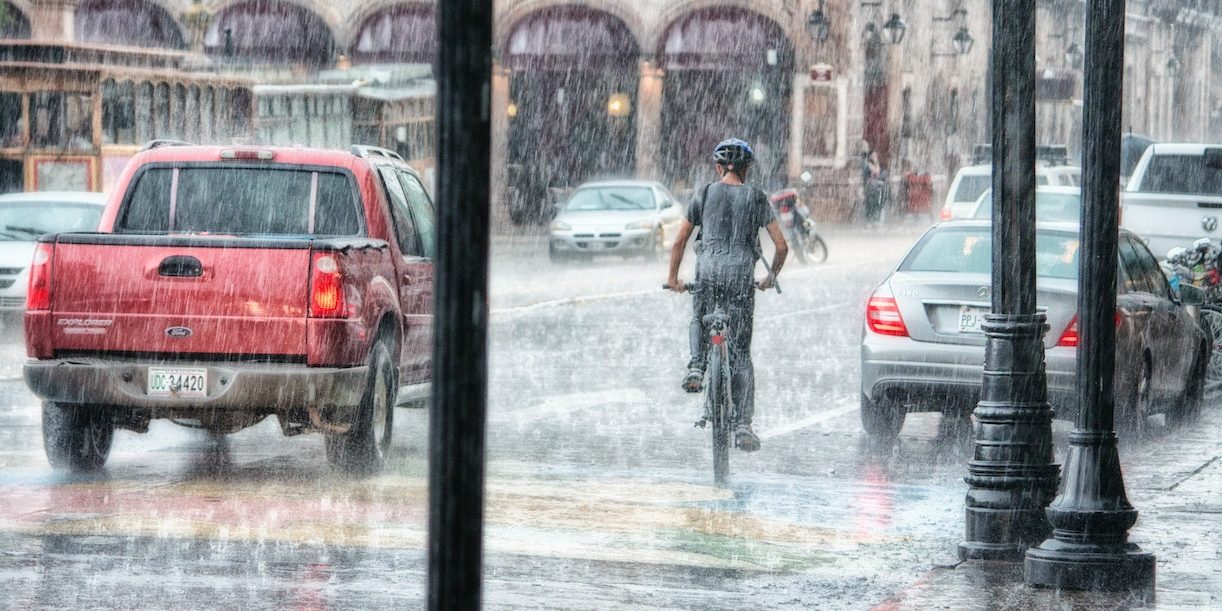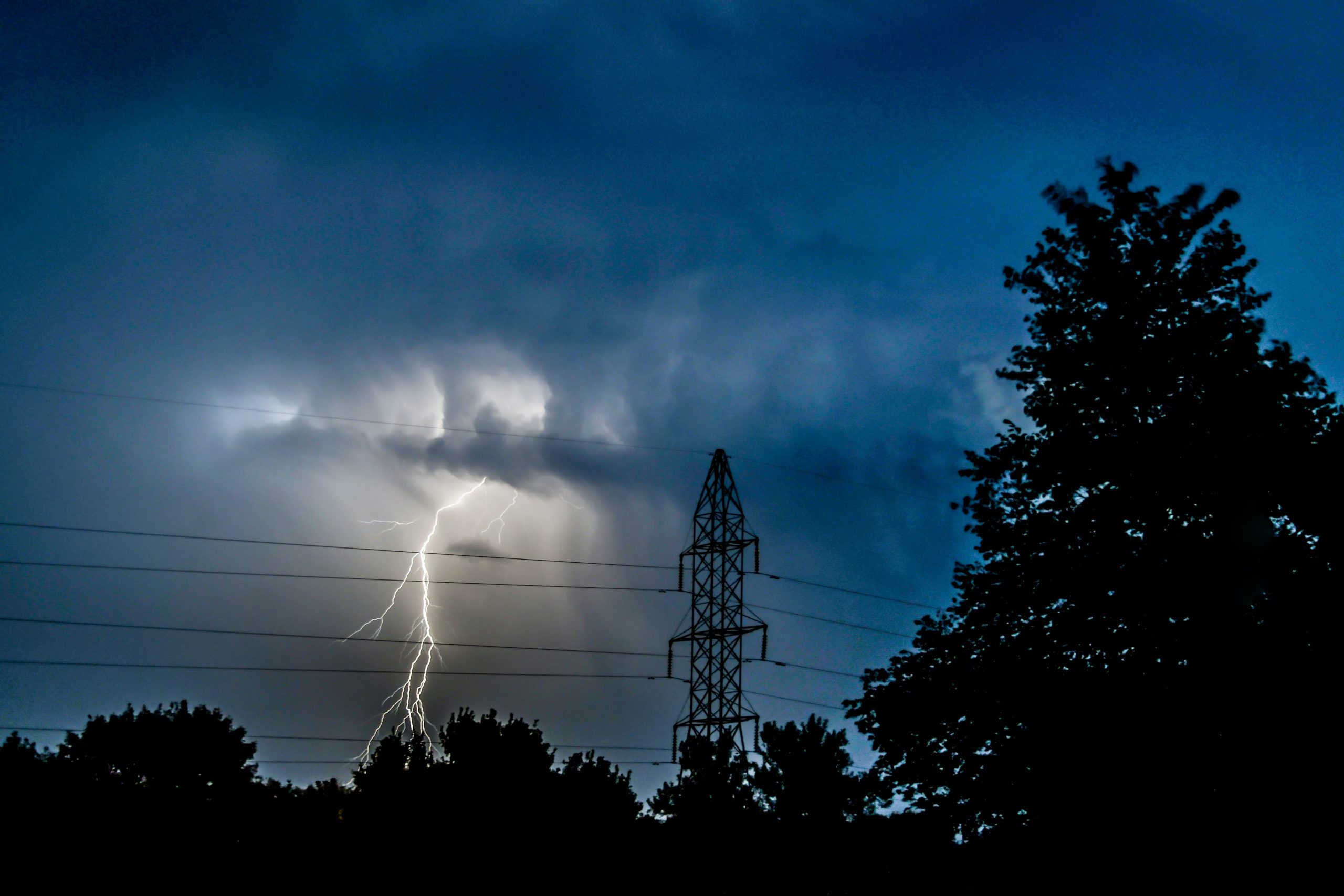Public Storm Warning Signal 1 Explained
Public storm warnings are integral to preserving communities in stormy areas in the United States and the Philippines especially since storm damages in the US amounted to a staggering $165 billion dollars in 2022. So, if you or other people you know to live in an area commonly affected by storms you should know everything about public storm warning signals, especially the most common type of public storm warning signal 1.
Today, well covers everything storm-related, so strap in, grab a pen and absorb all this much-needed knowledge. Let’s take it from the top.
What is a storm?
Table of Contents

A storm is a meteorological event that is characterized by strong winds, heavy rain, hail, lightning, and sometimes tornadoes. Storms can occur as a result of different weather patterns and can range from mild to severe. They can be caused by low-pressure systems, fronts, and other atmospheric conditions that can lead to the formation of clouds, thunder, and precipitation.
Storms can cause a variety of impacts, including property damage, power outages, and potential hazards to people, animals, and the environment. In some cases, storms can also cause widespread damage and be classified as natural disasters. It is important to stay informed about storm conditions and follow proper safety measures to minimize the risk of harm during a storm.
What makes them so dangerous?
Storms can be dangerous due to various factors such as:
- High winds: Strong winds can cause damage to property and infrastructure, and can also pose a danger to people and animals.
- Lightning: Lightning strikes can cause fires, and electrical surges that can damage electronic devices, and pose a risk of injury or death to people who are outside during a storm.
- Heavy rain: Heavy rain can cause flash flooding, which can be deadly and damaging to property.
- Hail: Large hail can cause damage to property, vehicles, and crops, and can also pose a danger to people and animals.
- Tornadoes: Tornadoes can cause widespread destruction and pose a significant danger to people and animals.
- Power outages: Storms can cause power outages, which can be a safety issue, especially for people who rely on medical equipment or other essential services.
It’s important to take necessary precautions and follow storm safety guidelines during a storm to reduce the risk of harm or damage.
Public storm warnings: overview

Public storm warnings are issued by weather authorities to alert the public about the potential dangers of approaching or ongoing storms. The purpose of these warnings is to provide the public with information about the type of storm, its potential impacts, and what actions they should take to stay safe.
There are different types of public storm warnings, including:
- Thunderstorm Warning: issued when thunderstorms are expected to produce wind gusts of 50 mph or more, or hail larger than 1 inch in diameter.
- Tornado Warning: issued when a tornado has been sighted or indicated by weather radar and is imminent or occurring.
- Severe Thunderstorm Warning: issued when a thunderstorm is expected to produce winds of 58 mph or higher or golf ball-sized hail (1.75 inches in diameter) or larger.
- Flash Flood Warning: issued when flash flooding is imminent or occurring.
- Hurricane or Tropical Storm Warning: issued when a hurricane or tropical storm is expected to make landfall and pose a threat to the coastal area.
These warnings are typically issued by the National Weather Service (NWS) in the United States and are broadcast through various means such as TV and radio, as well as through emergency alert systems.
Public Storm Warning Signal #1

Public storm warning signal 1 is a warning signal issued by the Philippine Atmospheric, Geophysical, and Astronomical Services Administration (PAGASA) to alert the public about the potential impacts of an approaching tropical cyclone. Signal 1 indicates that a tropical cyclone is expected to affect an area within 36 hours, and is the least severe of the five storm warning signals used by PAGASA.
When Signal 1 is hoisted, the public is advised to be aware of the weather conditions, monitor updates from PAGASA, and prepare for possible impacts, such as strong winds, heavy rain, and rough seas. The public is also advised to take precautions, such as securing loose objects and preparing emergency supplies, in case of conditions worsen.
It is important to take public storm warning signals seriously and to stay informed about the latest weather conditions and updates from the weather authorities. Taking the appropriate action in advance of a storm can help minimize the risk of harm and damage.
Areas that should be on alert for storm warning signal 1
The stormiest areas in the USA are:
- Gulf Coast (Louisiana, Texas, Mississippi, Alabama, Florida)
- Pacific Northwest (Washington, Oregon)
- Midwest (Oklahoma, Kansas, Missouri)
- South Atlantic (North Carolina, South Carolina, Georgia)
- Great Lakes (Michigan, Ohio, New York)
- New England (Maine, New Hampshire, Vermont, Massachusetts, Connecticut, Rhode Island).
Final Thoughts
Even though signal 1 is the least severe it’s vital everyone heeds the warning and stays indoors. Otherwise, there are great risks of damage and even injury. So, stay tuned, and keep safe.







